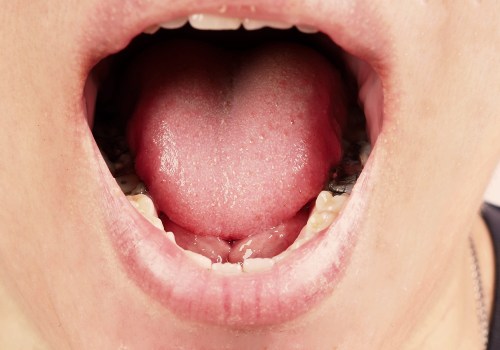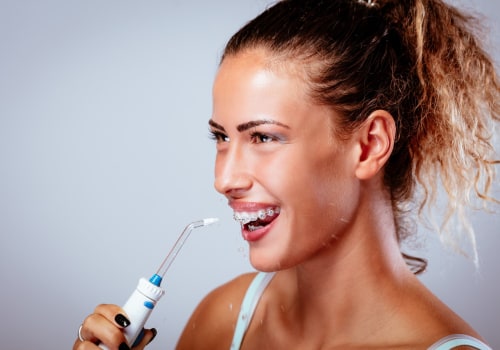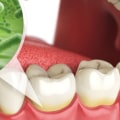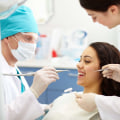Oral cancer screening is an important part of maintaining your oral health. Unfortunately, many people are unaware of the need for regular screening or the potential risks of leaving it unchecked. Understanding the basics of oral cancer screening can help you make informed decisions about your health and ensure you are doing everything you can to stay healthy. Oral cancer screening is a simple, painless process that can detect early signs of cancer or other abnormalities in your mouth. By catching any problems before they become more serious, you can avoid unnecessary pain, suffering, and expense. In this article, we'll discuss what oral cancer screening is and what you should know about it.
We'll also provide information on why it's important and how often you should get screened. Oral cancer screening is an important part of maintaining good oral health. Early detection and diagnosis can help prevent serious complications from developing. It is important to be aware of the risk factors associated with oral cancer, such as smoking, excessive alcohol consumption, and sun exposure. Knowing the symptoms of oral cancer can also help with early diagnosis and treatment.
One of the most common types of oral cancer screenings is a visual inspection. During this procedure, a healthcare provider will examine the inside of the mouth for any abnormal changes or lesions. If any suspicious lesions are found, a biopsy may be performed to determine if it is cancerous. Self-exams are also recommended for people at risk for oral cancer.
During this process, individuals should check their mouth for any lumps, sores, patches, or other changes that could be signs of cancer. The benefits of oral cancer screening are significant. Early detection and diagnosis can lead to better treatment outcomes and improved prognosis. According to the American Cancer Society, early diagnosis can improve survival rates by up to 90%.
Additionally, studies have shown that early diagnosis and treatment can reduce the risk of death from oral cancer by up to 60%. Oral cancer screening should be performed regularly by individuals who are at an increased risk for the disease, including those who smoke, consume excessive amounts of alcohol, or have a family history of oral cancer. People at lower risk should still undergo routine screenings every three to five years. However, individuals should consult with their healthcare provider to determine the frequency and type of screening that is best for them.
It is important to note that there are some risks associated with oral cancer screening. False positives can occur in which a lesion is identified as cancerous but turns out to be benign. Additionally, biopsies may cause some minor discomfort or bleeding. However, these risks are typically outweighed by the benefits of early detection and diagnosis.
The Benefits of Oral Cancer Screening
Early detection and diagnosis of oral cancer can provide a range of benefits, including improved prognosis and treatment outcomes.Detecting cancer at an early stage can help with more successful treatment, as there is often a better chance of eliminating the cancer completely. Early diagnosis also reduces the risk of complications from developing, as well as potentially avoiding more invasive treatments. An oral cancer screening can also help to detect any pre-cancerous lesions, which can then be monitored and treated before the cancer develops. This type of screening can also help to identify any risk factors that may increase the likelihood of developing cancer, allowing for lifestyle changes or further testing to be done.
Finally, an oral cancer screening provides peace of mind, as it can provide reassurance that you are free of the disease or it can allow for early detection and treatment. This can help to reduce feelings of anxiety or worry about the potential of developing cancer.
Who Should Undergo Oral Cancer Screening?
Oral cancer screening is recommended for all adults, regardless of age or health history. The American Dental Association recommends that adults visit the dentist for a comprehensive oral exam every six months.During the exam, the dentist will look for signs of oral cancer, such as changes in color or texture of the tissue inside the mouth. If any abnormalities are detected, further testing may be necessary. In addition to routine screenings, high-risk individuals should also consider additional oral cancer screenings. These include people who use tobacco in any form, such as cigarettes, cigars, and smokeless tobacco; those with a family history of oral or other types of cancer; and those who have been exposed to certain viruses, such as the human papillomavirus (HPV).It is important to note that there is no single test for oral cancer. Instead, a combination of tests may be used to diagnose and stage the disease.
These tests may include physical exams, imaging tests (such as x-rays or CT scans), and biopsies. If you are at high risk for oral cancer, talk to your dentist about how often you should get screened. In general, it is recommended that high-risk individuals get screened at least once a year. Your dentist may also recommend more frequent screenings if necessary. In conclusion, oral cancer screening is an important part of maintaining good oral health. Regular screening can help identify potential oral cancer at an early stage, giving you the best chance of successful treatment.
It's important to talk to your dentist about your individual risk factors for oral cancer and what type of screening is appropriate for you. By understanding the risks and benefits of oral cancer screening, you can make an informed decision about whether it's right for you. Regular screening can help detect oral cancer early and give you the best chance of successful treatment.






